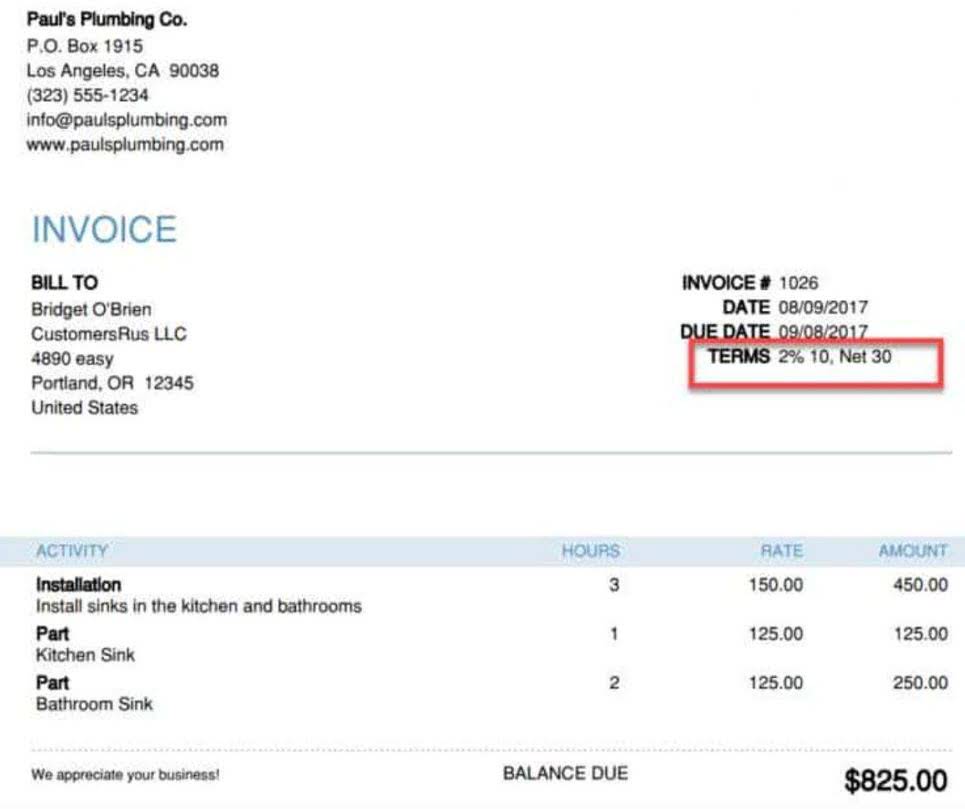
Doing so is easier with full-time employees and slightly more difficult with hourly employees who use timesheets. Payroll in arrears means you pay an employee for work they completed in the previous pay period. When it comes to processing payroll in arrears, using payroll software lets you set a payment schedule billed in arrears meaning that works for your business. Not only will you be able to set payroll to run automatically, but you’ll also be able to calculate and file payroll taxes, manage HR and employee benefits, and more. Whilst some arrears payments are agreed upon, “payment in arrears” can also refer to late payments.
Unlike annuity in arrears, a dividend in arrears is a late payment. As a small business owner, paying for goods and services from your suppliers in arrears can help to ensure sufficient cash flow and offers a greater level of flexibility. It is a good idea to make sure you don’t have too many payments in arrears however as this can lead to errors and cause you to fall behind. Billing in arrears means that you send a bill to customers after a job is complete.
What does in arrears mean?
Since it’s easier to pay after a period, or after the service provided by an employee is completed, then that payment is considered a payment “in arrears”. Billed in arrears (also “invoice in arrears”, “paid in arrears”, or “arrears billing”) refers to billing and payments that occur after a service is completed, as opposed to up-front or in advance. Higher accounting accuracy
One of the natural benefits of providing employers with more time to calculate payroll is improved accounting accuracy. You pay employees after they have performed work for your business.
A major downside to paying in advance is that it only works if your customers are willing to place their full trust in your services without guarantee. Advance payments aren’t easy for start-up companies that have yet to build trust with their clients. When an organization pays their preferred shareholders the dividends they are entitled to after the deadline that both parties agreed upon, that delay is called a dividend in arrears. Usually, a dividend in arrears occurs when an organization lacks the funds they need to make the full payout to their preferred shareholders.
How to Reduce the Risks of Billing in Arrears
Payment in arrears is a payment that is made once a service has been offered. For salaried employees, payments are made once the service has been delivered by the employee to the employer. Factoring with altLINE gets you the working capital you need to keep growing your business. If you’re unsure whether to make payments later on or upfront, https://www.bookstime.com/articles/hiring-an-ecommerce-accountant consider your company’s logistics and ask yourself what basic pay arrears mean for your finances. Billed in arrears are payments that are behind schedule either by accident or on purpose. In bond trading or payroll, for example, arrears refers to payments made at the end of a certain period rather than payments made after a due date.

Most companies pay in arrears for both hourly and salaried employees, once it’s determined what they are owed for already completed work. It’s a helpful system for owners since paying in arrears gives them the time to factor in extra calculations such as overtime or tips before they run their final payroll numbers. In each of these scenarios, the final bill or paycheck amount can’t be determined until the designated period is completed. Businesses aren’t sure how many hours their employees will work, and it doesn’t make sense to pay a period in advance when the final number of hours could change.
The risks of billing in arrears
For example, if you’re a graphic designer you might submit your invoice after you’ve already completed a project for the client. This carries certain benefits, including greater billing accuracy. You’re less likely to under or overcharge for the job and have greater flexibility to arrange a payment plan with new clients. However, sometimes this also refers to late payments that haven’t been agreed upon.